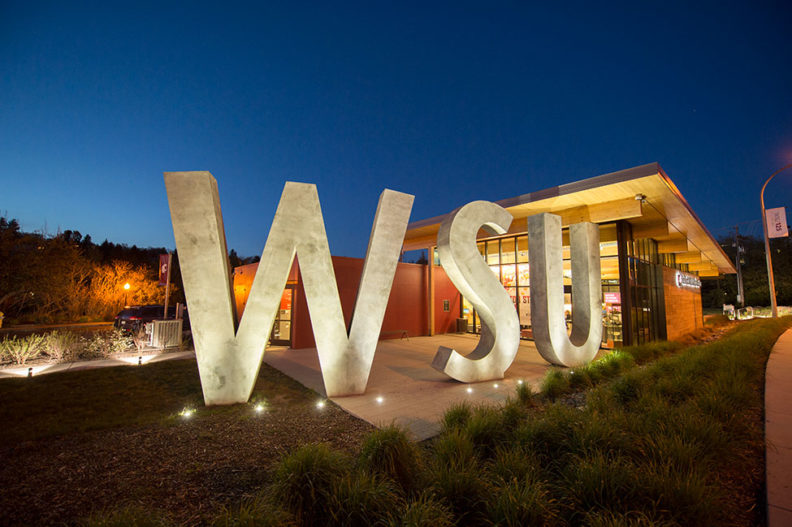
The liquid hydrogen fuel cell drone project consists of four different teams working together
The Aerospace Club will oversea the entire project, the club will work with two senior design teams to integrate the fuel cell, fuselage and construct the airframe for the drone.
The Aerospace club also has a computer science team to build a research station, long range radar telemetry with 3D mapping and visualization-based tracking system
The EECS team is responsible for designing the power electronics and controls to integrate a Proton Exchange Membrane Fuel Cell (PEM-FC) into an established drone configuration. This includes
developing a hybrid drive design that utilizes a small lithium-ion battery pack for peak power requirements during take-off, and slowly recharging the battery and maintaining cruise via the PEM-FC during flight. Performance metrics include overall system weight, cost, durability, and efficiency.
The MME team is responsible for designing a fuselage and will work closely with the aerospace club to integrate the liquid hydrogen tank, and the fuel cell to the airframe. The team is also tasked with building a safety device to make sure no oxygen will mix with hydrogen to prevent any potential unwanted explosions.
The Hyper lab is a pioneer research lab at Washington State University in developing a new approach to the world’s hydrogen economy and increasing the value of renewable energy along the way. The Hyper lab will work with the other teams to create a safety procedure and provide research labs to perform engineering experiments



